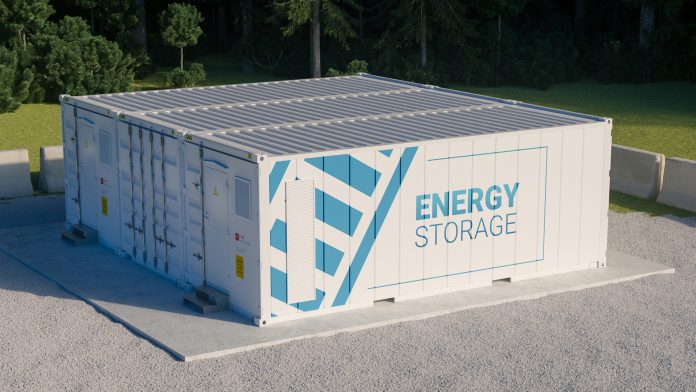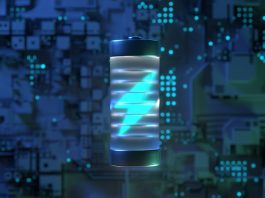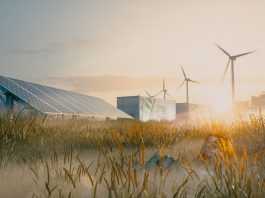The innovative DualFlow project has been awarded £3 million in funding from the European Innovation Council (EIC) to develop energy conversion and storage technology.
The DuelFlow project is an international collaboration between the University of Greenwich, Lancaster University, Turku University, Aalto University, and Aarhus University. The initiative is pioneering a novel energy conversion and storage concept that amalgamates water electrolysis, battery storage and co-production of decarbonised chemicals into one hybrid system.
EIC Pathfinder Challenge
The DualFlow project was awarded £3m from the European Innovation Council for its EIC Pathfinder Challenge. The aim of the project is to develop new processes and technologies to produce green hydrogen completely based on renewable sources and non-toxic, non-critical raw materials.
Dr Kevin Lam, Associate Professor/Reader in Medicinal Chemistry at the University of Greenwich, commented: “HorizonEU grants are incredibly competitive, and so I am beyond thrilled that our consortium managed to secure multi-million funding for our DualFlow project. This sets our research groups and the University of Greenwich as key players in the field of electrosynthesis and batteries at the international level.
“It is highly inspiring to be part of this adventure, where all of the members contribute their expertise in common to tackle one of the most significant challenges of our century: energy. The strength of our team is that it encompasses specialists in fields as diverse as novel materials or pharmaceutical compound synthesis. Besides being an incredible scientific journey, it is also a unique human experience.”
How will the Dualflow project advance energy conversion and storage?
The DualFlow system performs as both a conventional battery for electricity storage and for energy conversion to hydrogen, as well as the production of useful chemicals. The energy conversion starts when the battery is full. When there is excess, the battery is discharged in a mediated electrolysis to produce hydrogen and valuable chemicals.
The energy conversion works by pumping charged battery electrolytes through reactors. In order to produce hydrogen, the reactor is filled with catalytic particles that initiate the transfer and hydrogen evolution.
Whereas to produce chemicals, the reactor instead consists of a biphasic system in which charged electrolyte oxidises chemicals in an organic phase. The products of the reaction are then extracted into the organic phase.
The benefits of the technology are that the energy conversion operation only requires reactors and a catalyst for hydrogen evolution, which keeps costs low. Moreover, the vast range of chemicals produced could potentially be made into anti-HIV treatments and painkillers.









